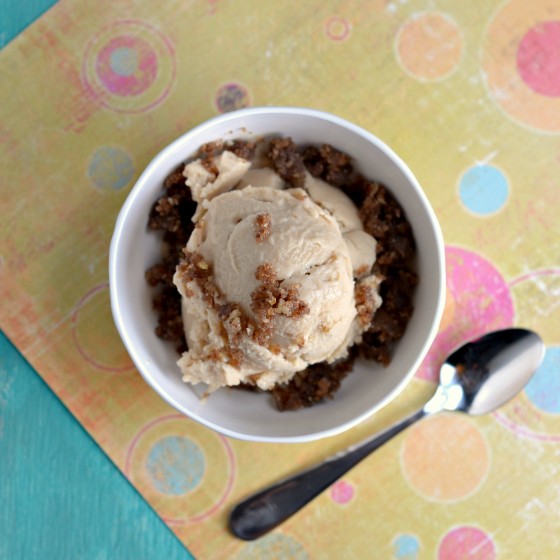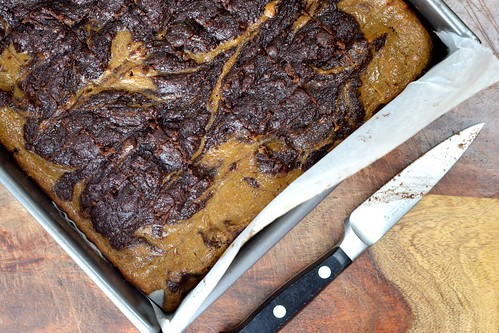Today's guest post comes from Cressey Sports Performance coach Chris Howard.
As a “nutrition guy” at Cressey Sports Performance, I spend a considerable amount of time looking over three-day food logs from our clients and athletes to help them create healthy food options for their menus. A common dietary trend among our young athletes and even some of our adults is a serious lack of vegetables. As a way to help the world at large consume more vegetables, I have come up with this list of seven strategies to get more vegetables in your diet.
1. Learn to Cook (or at least follow a recipe).
This strategy is a bit different from the other six, but it’s really where getting more vegetables in your diet has to start. Sure, you can eat vegetables raw; in fact, it’s encouraged, but you certainly get more variety from cooking them. Use Google as your friend and search for recipes that include vegetables or just different ways of making something as simple as broccoli. See some of the recommendations below for more information.
2. Include Vegetables in Smoothies.
In this post, Greg Robins talked about eating more pumpkin, and it made me think of a great smoothie recipe to enjoy this time of year. Here it is:
½ cup Canned Pumpkin (make sure it’s the pure pumpkin, NOT the pie filling)
½ cup Plain Greek Yogurt
1 scoop Low Carb Vanilla Protein Powder
¼ cup Walnuts
¼ cup Old Fashioned Rolled Oats
1 tsp Ground Cinnamon
8oz. Vanilla Unsweetened Almond Milk
4oz. Water (just to thin it out a bit)
Throw all the ingredients in a blender and enjoy!

Of course, adding vegetables to smoothies doesn’t begin and end with pumpkin. Spinach is another smoothie-friendly vegetable common among the CP staff. It works in pretty much any smoothie and will usually be overpowered by the other ingredients so that you won’t even taste it. Still, you may get some weird looks from classmates and colleagues as they wonder what is in the green sludge you are drinking.
3. Make Soup/Chili.
Soup and chili recipes are a great way to hide vegetables. Brian St. Pierre has written extensively about his wife’s chili recipe, which is still one of my favorites. However, I have a new recipe that while technically not chili, looks, feels and tastes pretty darn similar. The recipe comes from Sarah Fragoso’s Everyday Paleo website. Be sure to check out her version of the recipe here. To make this recipe easier and quicker to make, I have chosen not to stuff the green peppers with the meat mixture, but to chop up the peppers and include them in the meat mixture, instead, which makes it more like a chili. Give it a try and let me know what you think.

4. Don’t Forget about Stir Fry.
While participating in the Precision Nutrition Lean Eating Coaching Program, I was introduced to Robb Wolf’s Food Matrix. He outlines a simple set of instructions that really hammer home how simple cooking and eating healthy can really be. Try this “recipe” with your next stir-fry:
1. Put oil in a skillet or wok;1-2 tbsp coconut or olive oil will work well.
2. Put some meat on the skillet or wok; think chicken, beef, or whatever you like
3. Let the meat cook for a minute or so.
4. Add a ton of veggies; I tend to use frozen broccoli, cauliflower, or stir-fry mixes.
5. Stir it around a few times.
6. Let it cook for 5-10 minutes, until the veggies and meat are cooked to your liking.
7. Eat and Enjoy! It's as simple as that.
This is not only easy to do, but you can also literally change the recipe every night for variety while still using the same cooking methods. Plus, I think this is something that even high schoolers can manage to do without burning down the house.

5. Add Flavor with Spices/Dressings.
Learning how to use spices on foods can really liven up a dish. Sure, there’s going to be some trial and error here, but it’s definitely worth a shot. Here’s a simple way to make kale, a superfood, taste better in the hopes of becoming a staple at your dinner table:
Ingredients
1 bunch kale
1 tablespoon olive oil
1 teaspoon seasoned salt (you can substitute any spice you like here)

Directions
1. Preheat an oven to 350 degrees F.
2. With a knife or kitchen shears carefully remove the leaves from the thick stems and tear into bite size pieces. Wash and thoroughly dry kale with a salad spinner. Drizzle kale with olive oil and sprinkle with seasoning salt.
3. Bake on a cookie sheet until the edges brown but are not burnt; it'll be approximately 10 to 15 minutes.
6. Make omelets a regular breakfast selection.
One of the questions I always get is how to get vegetables in at breakfast. I usually suggest either a smoothie with spinach or pumpkin (see above), or - even better - an omelet. Again, from a variety standpoint, the options are really endless with an omelet. Here are some ideas:
a. Peppers
b. Onions
c. Tomatoes (Yes, they're technically fruits, but who cares? They are good for you.)
d. Salsa (best for those who are “easing” their way into vegetables)
e. Spinach
f. Mushrooms
g. Asparagus (if you're feeling bolder)
h. The list goes on and on…

7. Substitute Lettuce for Tortillas on Tacos and Fajitas.
What kid doesn’t love tacos? I know I could eat them every day for the rest of my life and never get sick of them. One way to make them healthier - and maybe a bit messier - is to substitute lettuce for the tortilla. Try experimenting with different types of lettuce to see which you like the best.
Eating vegetables doesn't have to be boring as long as you're willing to put a bit of thought into preparing them. Give these tips a shot - and by all means, share any additional strategies you may have in the comments section below.
Note from EC: While we're on the topic of healthy nutrition, in case you haven't heard, here's a quick heads-up that Metabolic Cooking - my favorite cookbook of all time - is on sale for just $10 through the end of this week. My wife and I have used the recipes in this resource for years with great results. You can learn more HERE.

About the Author
Christopher Howard received his his Bachelor’s of Science in Exercise Science and Masters of Science in Nutrition Science from the State University of New York at Buffalo. In addition, Chris is a Certified Strength and Conditioning Specialist through the National Strength & Conditioning Association, a Licensed Massage Therapist in the state of Massachusetts, and a Level 1 Certified Precision Nutrition Coach. Chris has been a strength coach at Cressey Sports Performance since 2010. You can follow him on Twitter here.
Sign-up Today for our FREE Newsletter and receive a four-part video series on how to deadlift!
| 






















